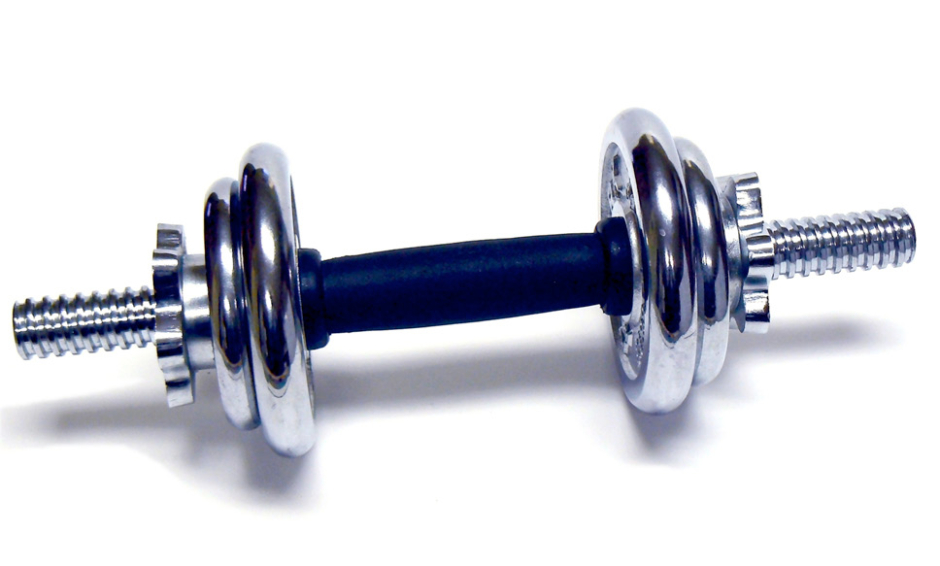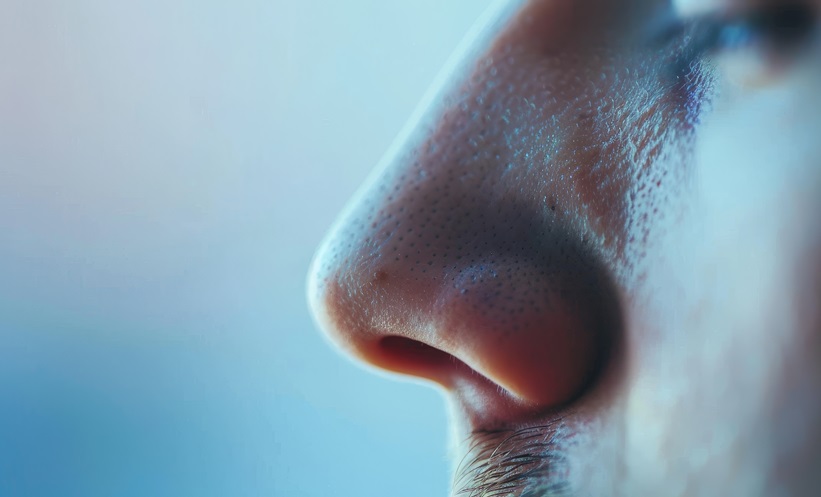INJECTED microdystrophin restores muscle strength and clinical symptoms in dogs with Duchenne muscular dystrophy, according to new research. This ‘shortened’ version of the dystrophin gene is delivered via a drug vector and may provide a vital method of gene therapy for this common neuromuscular disorder, affecting 1 in 5,000 boys.
Due to the large size of the dystrophin gene (2.3 million base pairs), which makes it not technically possible to insert its entire DNA into a viral vector, researchers from both Généthon, AFM-Telethon, Évry and Inserm UMR1089, Nantes, France in collaboration with a team at Royal Holloway University, London, UK attempted to produce a shortened version. The team developed and produced a gene therapy drug combining an adeno-associated virus-type viral vector with a 4,000 base pair version of the dystrophin gene. They carried out a test of the treatment in golden retrievers, which can develop Duchenne muscular dystrophy naturally and also show the same clinical symptoms as similarly affected children. Intravenous injection of the shortened gene, named microdystrophin, allowed for production of functional dystrophin in 12 dogs, leading to a significant restoration of muscle function across the whole body and stabilisation of clinical symptoms >2 years post-injection. No immunosuppressive treatment was required and researchers noted no side effects.
The authors concluded that this preclinical study highlights the safety and efficacy of microdystrophin. The main study author, Dr Caroline Le Guiner, Inserm UMR1089, University of Nantes, Nantes, France added: “Indeed, this is the first time that it has been possible to treat the whole body of a large-sized animal with this protein. Moreover, this innovative approach allows treatment of all patients with Duchenne muscular dystrophy, regardless of the genetic mutation responsible.”
Commenting on the implications of this novel therapy for Duchenne muscular dystrophy patients and their hopes the future of gene therapy, the authors described the next step as producing a sufficient quantity of the drug vector to enable clinical trials to take place. AFM-Telethon Scientific Director, Serge Braun, summarised: “We need to forge ahead to complete the final phase and transform these scientific advances into drugs for children.”
(Image: freeimages.com)








